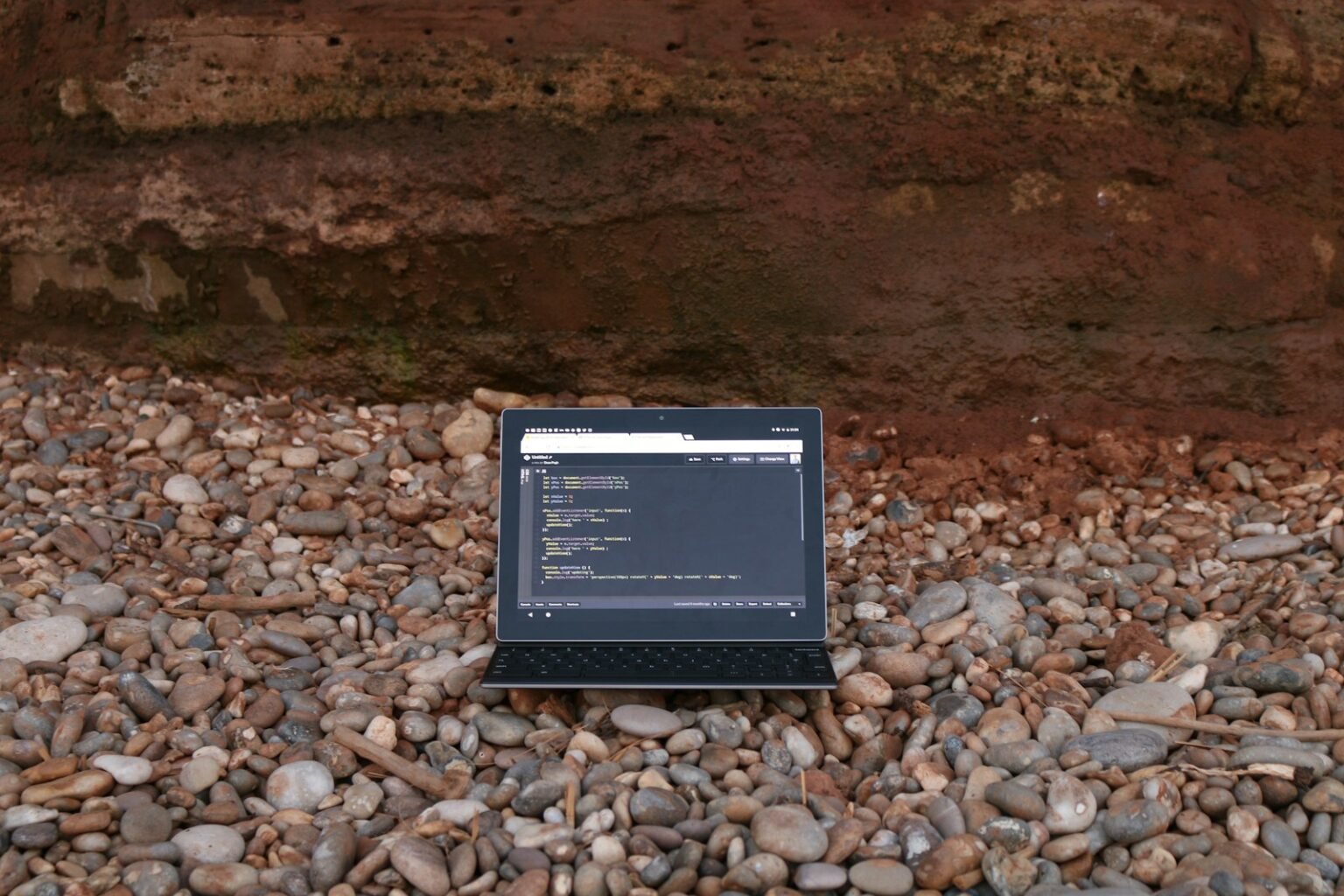Cloning a WordPress site can be incredibly useful, whether you’re looking to move your site to a new domain, create a staging environment for testing, or back up your site for security purposes. There are various methods to clone a WordPress site, ranging from using plugins to manual processes and even employing professional services.
In this guide, I’ll walk you through each method in detail, ensuring you have everything you need to successfully how to Clone a WordPress Site.
Why Clone a WordPress Site?
Before diving into the methods, let’s first understand why you might want to clone your WordPress site. Cloning your site can be beneficial for:
- Testing and Development: Create a staging environment to test new themes, plugins, or updates without affecting your live site.
- Website Migration: Transfer your site to a new host or domain.
- Backups: Create an extra layer of security by cloning your site for backup purposes.
Now that you know the importance of cloning, let’s explore the different methods.
Method 1: Using a WordPress Plugin
One of the easiest ways to clone a WordPress site is by using a plugin. In this guide, I’ll use the Duplicator Pro plugin, which is a popular choice for cloning WordPress sites.
Step 1: Install the Duplicator Pro Plugin
- Go to your WordPress dashboard.
- Navigate to Plugins > Add New.
- Search for “Duplicator Pro” and click Install Now.
- Once installed, click Activate.

Step 2: Create a Package
- Go to the Duplicator Pro menu on your dashboard and click on Packages.
- Click on the Create New Package button.
- Follow the prompts, which will guide you through creating a package for your site.
The package includes both your site’s database and files, making it a comprehensive clone of your WordPress site.
Step 3: Download the Package
- Once the package creation process is complete, download both the Installer and the Archive files to your computer.
- The Installer file helps in setting up the clone on the new site.
- The Archive file contains your entire site.
Step 4: Install the Package on Your Destination Site
- On your destination site, make sure WordPress is installed.
- Install the Duplicator Pro plugin again.
- Go to Duplicator Pro > Packages and click on Upload Package.
- Upload the Installer and Archive files you downloaded earlier.
- Follow the prompts to complete the installation process.
Method 2: Using a Manual Method
If you prefer not to use a plugin or want more control over the cloning process, you can clone your WordPress site manually. This method is more technical, but I’ll guide you through each step.
Step 1: Create a Full Backup of Your Source Site
You need to back up your site’s database and files manually:
- Database Backup:
- Log in to your hosting control panel (e.g., cPanel) and open phpMyAdmin.
- Select your WordPress database and click Export. Choose the Quick export method and SQL format, then click Go.
- Save the exported file to your computer.
- File Backup:
- Use an FTP client like FileZilla to connect to your website.
- Download all your site files from the public_html folder to your computer.
Step 2: Set Up Your Destination Site
- Install WordPress on your destination site.
- Ensure you’re using the same theme and plugins as your source site.
Step 3: Import Your Database
- Log in to your hosting control panel on the destination site.
- Open phpMyAdmin and select your new WordPress database.
- Click on Import and upload the SQL file you exported earlier.
Step 4: Upload Your Files
- Use an FTP client to connect to your destination site’s server.
- Upload all the files you backed up earlier into the public_html folder, replacing the existing files.
Step 5: Replace Your Theme and Plugins
- Upload your theme folder into the wp-content/themes directory.
- Upload your plugins into the wp-content/plugins directory.
Step 6: Update Your Site’s Settings
- Open the wp-config.php file on your destination site and update the database details:
- DB_NAME (Database Name)
- DB_USER (Database Username)
- DB_PASSWORD (Database Password)
- DB_HOST (Database Host)
- Update your site URLs:
- Go to phpMyAdmin, select your database, and open the wp_options table.
- Update the values for siteurl and home with the new domain.
Method 3: Using a Cloning Service
If you want a hands-off approach, using a cloning service can be the best option. These services handle all the technical work for you.
Step 1: Choose a Cloning Service
There are several cloning services available, such as:
Choose one that fits your needs and budget.
Step 2: Sign Up for the Service
- Go to the cloning service’s website and sign up for an account.
- Provide the details of your source WordPress site, including the URL, login credentials, and hosting information.
Step 3: Create a Clone
- The service will begin creating a clone of your site.
- Once complete, they’ll provide you with login details and instructions for accessing your cloned site.
Common Challenges When Cloning a WordPress Site
- Large Site Size: Larger sites can be difficult to clone due to file size limitations.
- Database Errors: Incorrect database configurations can cause issues during the cloning process.
- Broken Links: Ensure all internal links are updated to avoid broken URLs.
Read Also: How to Make an Untraceable Anonymous Website?
Conclusion
Cloning a WordPress site can be a seamless experience when you choose the right method for your needs. Whether you prefer using a plugin like Duplicator Pro, going the manual route, or opting for a professional cloning service, each method provides its unique benefits. I’ve covered each option in detail so you can make an informed decision and carry out the cloning process with confidence.
No matter which method you choose, always double-check your site once the cloning is complete to ensure everything is functioning correctly. This way, you’ll avoid potential headaches and have a fully functional clone of your WordPress site ready to use.




